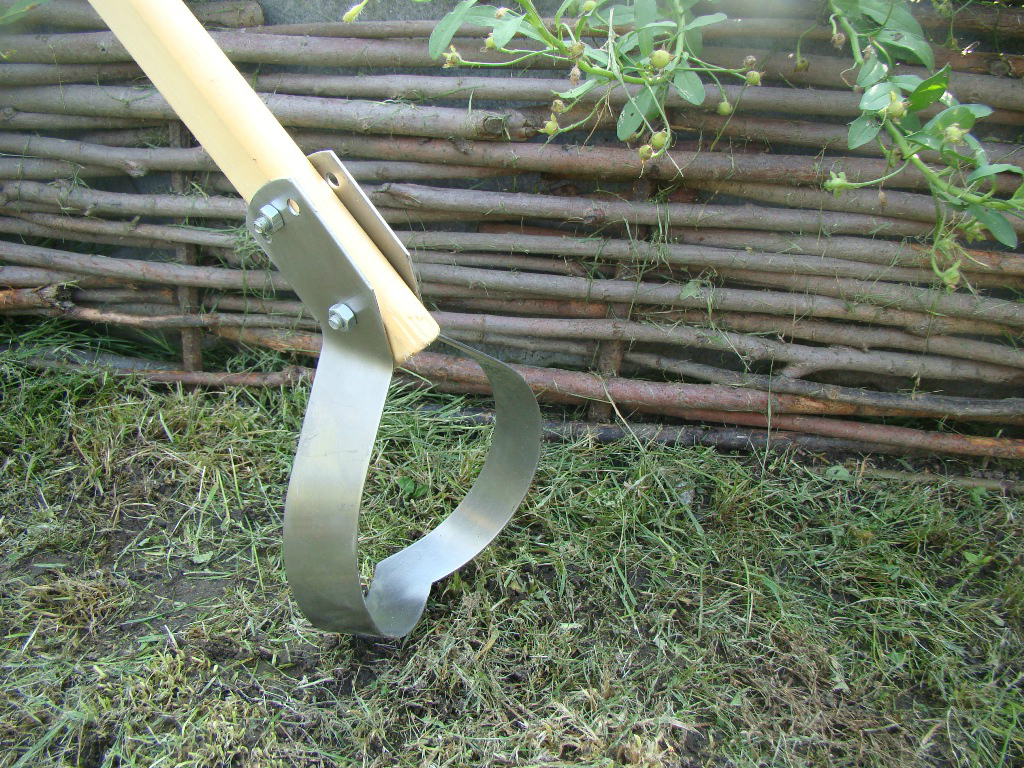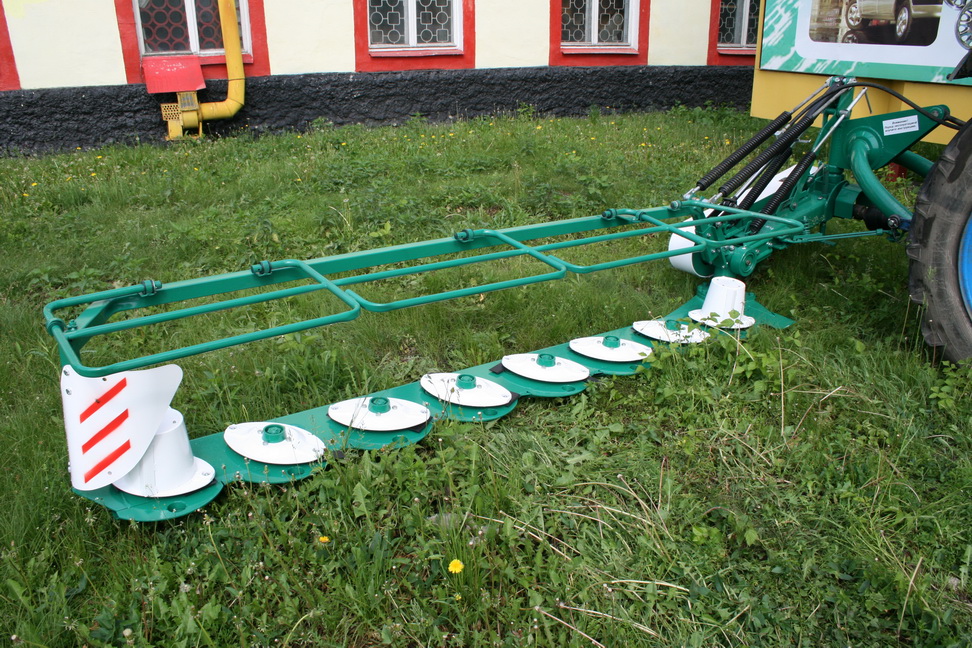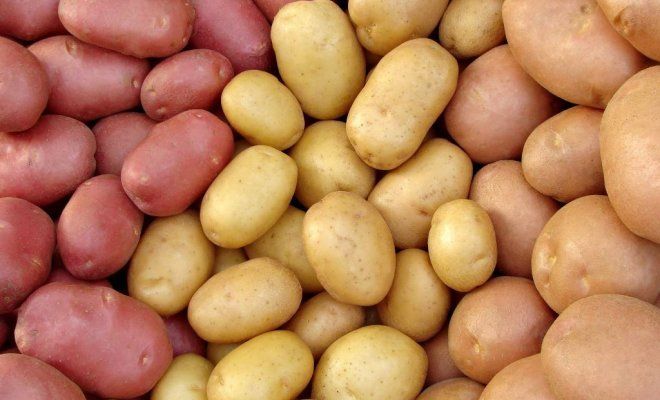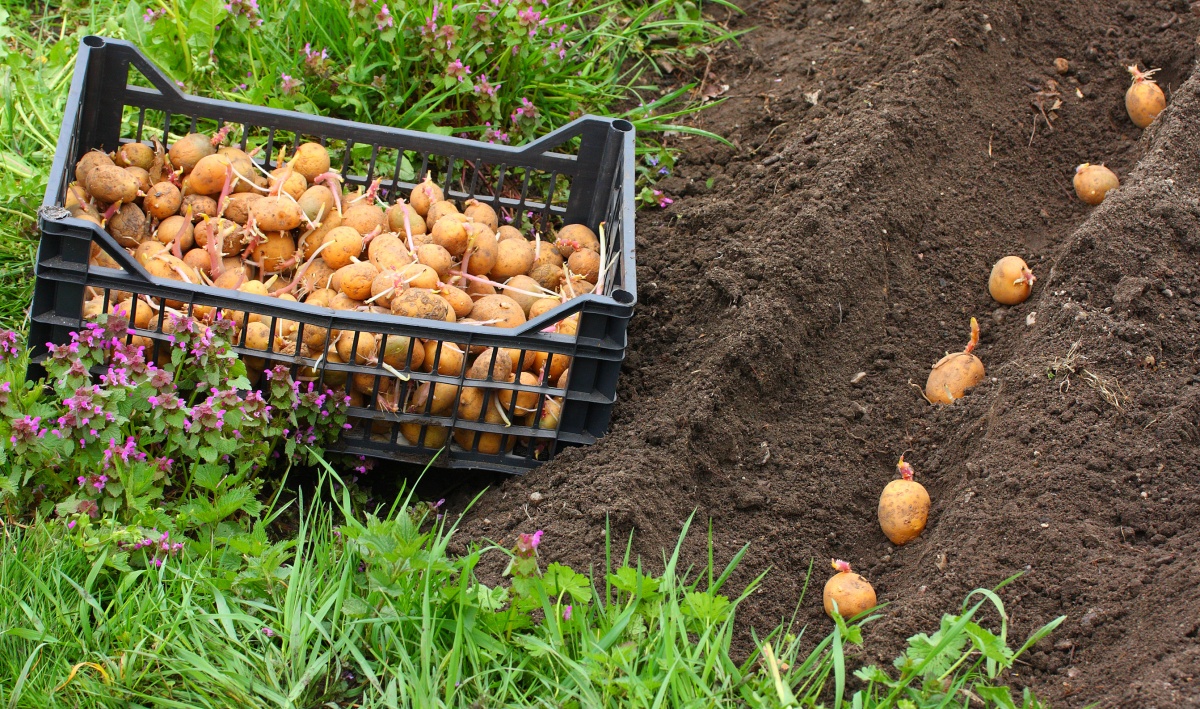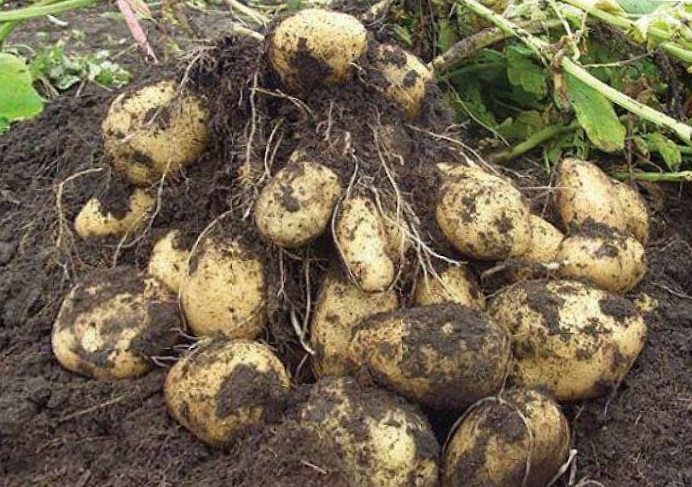Almost every summer resident has a motor cultivator. Basically, it is used to prepare a site for planting various vegetables. Instead of digging up the territory manually, it is much easier and better to do it with a walk-behind tractor. However, at present, with the help of various adaptations to this equipment, it is possible not only to loosen the soil, but also to plant and weed individual crops, for example, potatoes.
What are potatoes famous for?
The historical homeland of potatoes is America, where the Indians ate them. They called her "dad", which quite aptly reflects her essence. The entry of the vegetable into Europe is associated with the name of Columbus. Later, potatoes came from Europe to Russia, thanks to Peter I. However, for a long time it was not eaten and was used as a decorative decoration of gardens and vegetable gardens.
Currently, the described culture is one of the main ones. It is actively used in cooking (it can be used to cook both first and second courses, or use it as a side dish). Some professionals can cook more than 500 different types of dishes from a vegetable.
Potatoes contain a huge amount of nutrients that a person needs (molasses, glucose, vitamin C, and so on). In this case, the vegetable is also used as an industrial crop - in the process of processing, starch, potato alcohol (starch is generally the main element of the fruits of the culture), glue, and some medicines are obtained from it.
Growing a vegetable does not require any significant labor costs. As a rule, the natural amount of precipitation is enough for him (watering to obtain a high-quality crop is necessary only during periods of drought), feeding is required only in case of incorrect selection of the site (violation of the order of crop rotation) or in the case of any soil features (excessive acidity, viscosity , high content of clay or sand and so on). The vegetable needs regular weeding and hilling, which can be very laborious with a large area of planting. In such a situation, it is recommended to use a tractor or a motorized cultivator with attachments. For harvesting, you can use a special digger on large areas.
Walk-behind weeding kits
Many farmers and owners of plots with large areas have a mini tractor and various attachments for it, which allow them to perform the following operations:
- Plow and loosen the soil;
- Plant potatoes;
- Weed the area and remove weeds;
- Process potato aisles with simultaneous hilling;
- Dig up tubers and harvest.
Thus, almost all actions in the process of growing a crop, from planting to harvesting, are mechanized. This allows you to significantly reduce the time for their implementation without deteriorating the quality of the fruit.
You can do this preparation yourself. If the accessories were purchased in a specialized store, then in case of difficulties with the installation, instructions will come to the rescue. If the attachment is homemade, then the drawing and instructions for connecting it to a walk-behind tractor or mini-tractor can be found on the Internet.
How to plant potatoes with walk-behind tractors
The first operation that can be mechanized is planting potatoes. A set for a walk-behind tractor for planting potatoes can be of two types:
- Hiller;
- Potato planter.
How to weed potatoes with a walk-behind tractor
After planting, it is imperative to weed the potatoes several times, remove all weeds and loosen the soil to ensure free access of air and moisture to the fruits. In large areas, weeding of potatoes with a walk-behind tractor is actively used. It can be done in three ways.
The first is using special paws. It is considered the easiest way, but no less effective than all the others. Its advantages are as follows:
- Ease of equipment preparation (the paw can be both homemade, then the mounts are made independently, or purchased in a specialized store, in this case the mount will correspond to standard fixtures);
- Convenience of storage (the equipment does not take up much space);
- Accuracy of processing.
The paws are set to the width of the furrow, with one of them located slightly behind in relation to the other. This prevents clogging of the space between the tines during the weeding process.
How to process row spacings
The second method of weeding is using a flat cutter. It is a special device for processing potato rows with a walk-behind tractor. Its main functions are loosening and weeding. With the help of this attachment, not only inter-row processing of potatoes is carried out, but also the preparation of the site for planting it (in the autumn and spring periods). Flat cutters come with drums that discard removed weeds (this makes it easier to harvest them later), and with standard knives (their advantage is a lower price).
The process of weeding with a flat cutter is as follows: the wheels of the walk-behind tractor are placed between the rows, then, during the movement of the unit, the knives cut off the weeds, and the drum (if any) throws them back. Processing in this way is recommended until the weeds have matured, since plants with an already formed stem may not succumb to the knives of the plane cutter.
The third way is with the help of a hedgehog. It is also an attachment that consists of several rings with spikes or teeth, each of which is different in size. They are collected in the shape of a cone.In the process of processing the site, the teeth on the rings, plunging into the soil, pull out the weeds and wind on themselves, so they must be periodically cleaned so that there is a constant weeding effect.
What are the milling cutters for hilling with a walk-behind tractor
There are only two types of hilling devices for hilling. The first type is disk. It is the most popular, efficient and potato-safe cutter. It is a frame on which two discs are installed. When driving, the discs rotate and rake the soil between the rows to the potato bushes. The advantage of this type of hiller is its lightness, which allows it to be hooked to a walk-behind tractor or cultivator.
The second type of cutters is plow-shaped. They require a more powerful technique and, if set up incorrectly, can damage the tops. Also made in the form of a frame, to which two plows are attached. In the process of movement, such plows rake the soil from the row spacing to the potatoes.
How to loosen the ground using a walk-behind tractor
Some gardeners use a harrow for row spacing, loosening and weeding. It is a frame with pins that plunge into the ground and in the process of moving such a structure remove weeds and loosen the soil. It is better to hook such a device to the MTZ mini-tractor; as a disadvantage, it is noted that the mesh harrow can damage the tops if the potato bushes are high enough.
How to mow the tops with a walk-behind tractor
The tops should be harvested no later than two weeks before the start of the harvest. This will allow, firstly, to improve its keeping quality (when there are no tops, a thick peel forms on the tubers, and the vegetable does not deteriorate during storage and transportation). In addition, the timely removal of the tops allows you to avoid contamination of the plant with late blight, which is then very difficult to deal with (you will have to treat the area with chemicals).
To harvest the tops, a rotary mower is installed on the walk-behind tractor. It is a disc that, while rotating, chops off the tops. Many gardeners make such a device themselves, but you can buy it in the store. Factory developments are also equipped with a mowed haulm spreader, which allows not only to remove it, but also to create a mulching layer on the site.
Thus, potato care is relatively easy to mechanize. It is enough to install special attachments on the walk-behind tractor. The units can be bought in Moscow and other regions. They differ from each other in size and power (the most powerful and largest is the Hopper, and the smallest, but also the most popular, is the Mole). Attachments are also sold in specialized stores. With their help, you can not only carry out weeding and hilling of potatoes. So, the mower allows you to harvest the tops, and the potato digger for the walk-behind tractor greatly simplifies the harvest.

